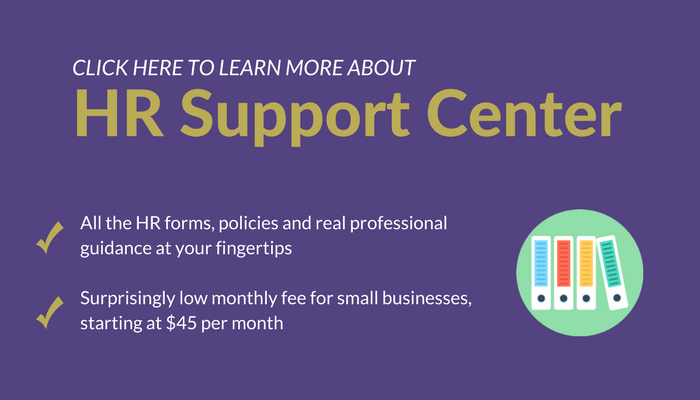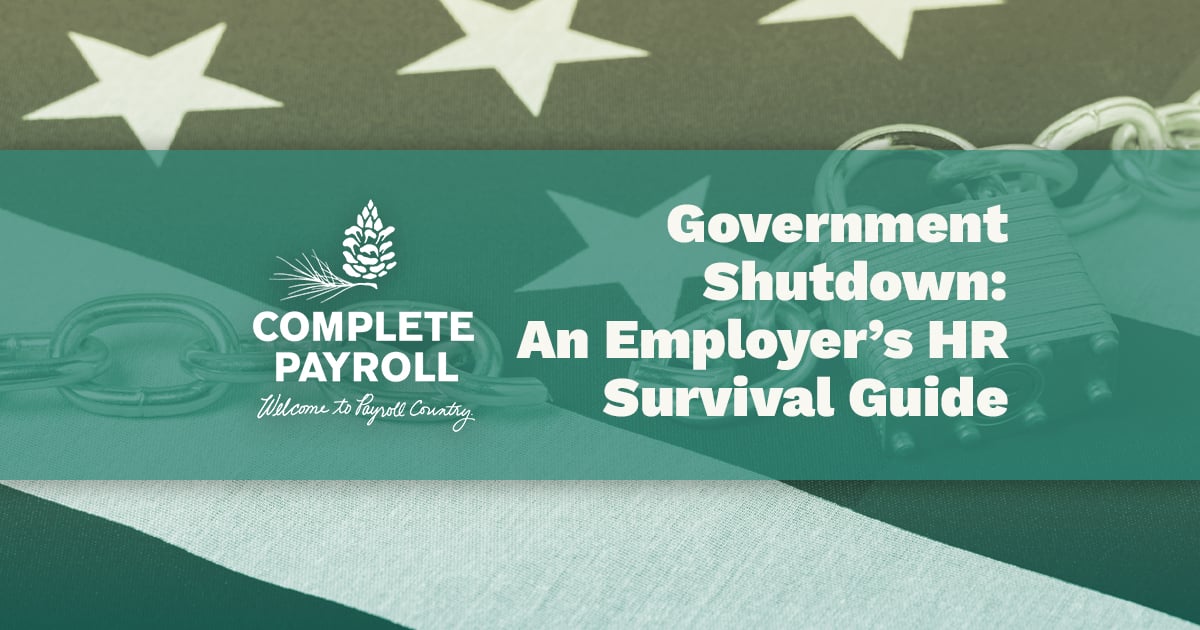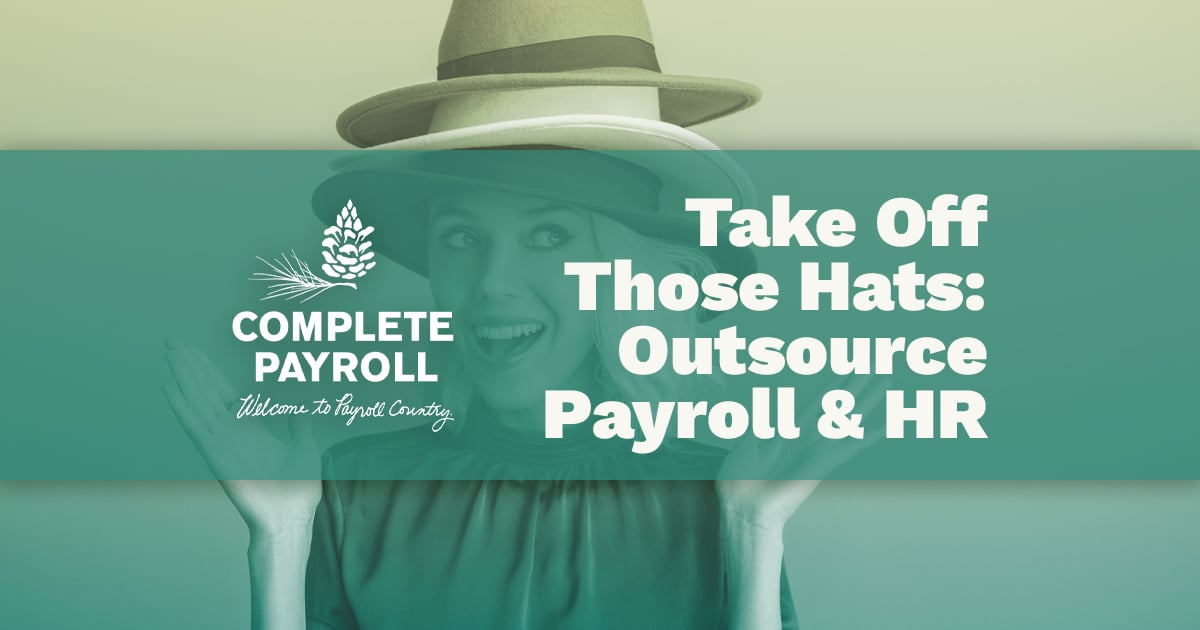A factual (and fun) look into holiday bonuses for employers and employees alike

Written by Complete Payroll
%20look%20into%20holiday%20bonuses%20for%20employers%20and%20employees%20alike.webp?width=600&height=400&name=A%20factual%20(and%20fun)%20look%20into%20holiday%20bonuses%20for%20employers%20and%20employees%20alike.webp)
Wouldn't it be nice if your boss stuffed some extra cash in your stocking this holiday season? Who doesn't love a nice holiday bonus? However holiday bonuses can be a bit tricky for employers. There's no set of rules or policies to follow. So we've decided to take a closer look at how holiday bonuses are given, and how employees are likely to spend them.
How many workers actually receive a holiday bonus?
23% of employed Americans expect to receive a holiday bonus this season and 12% expect a holiday pay raise. Only 24% of companies offer non-performance-based bonuses at the end of the year. More men than women expect a holiday bonus from their employers. 29% of men expect a holiday bonus but only 22% of women expect one.
Only about a quarter of employed Americans expect a holiday bonus, more companies may start to consider giving them because bonuses keep workers happy and improve employee retention. Whether it be a large or small financial gift, it's the gesture of employee appreciation that counts.
These statistics are sourced from the Society of Human Resources, Bankrate.com, and American Express surveys.
What's the average bonus?
The average American’s salary for 2022 was $52,869, according to data released by the Social Security Administration. The average payout for bonus recipients is $1,900. So, on average those receiving a holiday bonus can expect to receive around 5% of their salary in pay. Usually, employers who offer holiday bonuses give between $100 to $5,000, but considering a bonus is still a gift there is no standard amount that is awarded.
Budgeting for the bonus
It is extremely important to strategically budget the bonus you plan to give your employees. This year's holiday bonus will set the tone for years to come. The bonus should be affordable for the company but still enough for your employee’s to feel valued and appreciated. As mentioned, 5% of an employee's annual salary is the average amount awarded in a holiday bonus. However, the percentage may vary by company and by role.
Generally, middle and senior managers see an end-of-year bonus of around 10-20% of their salary, and supervisors see around 10-15%, according to Salary.com.
Performance-based bonuses vs. holiday bonuses
What is your goal for giving? Is your year-end bonus going to be a performance-based bonus corresponding with those who surpassed quotas or is the bonus simply a holiday gift from the heart? The first rule of end-of-year bonus giving is to distinguish between the purpose of the award.
If you would like to acknowledge the hard work of a select number of employees for achieving certain targets and goals during a fiscal year, you should be titling your bonus as a “performance-based bonus”. Performance-based bonuses are on average worth around 11% of an employee's annual salary. That is more than double the average holiday bonus of 5%. Performance-based bonuses are more popular within organizations.
Different types of year-end bonuses
Salary Percentage Bonus
This holiday bonus is easy and fair. The employees will not wonder why they received what they did because they will know that it was a bonus based strictly on their annual salary.
Performance-Based Bonus
This bonus is a great way to incentivize employees to perform well and meet company goals. The performance-based bonus does not only reflect the performance of the employee but also reflects the performance of the company as a whole. If the company performed poorly and struggled all year, it is less likely for the employee to receive a large bonus. Performance reviews are a great way to determine who gets what when it comes to year-end bonuses.
Flat Rate Bonus
The flat rate is the fastest and easiest way to show your appreciation to your employees. With this type of bonus, the same amount will go to everyone, no questions asked. Keep in mind that this type of bonus may leave some higher paid/higher titled employees questioning the fairness of this bonus relating to their contributions to the company.
Non-Cash Bonus
The non-cash bonus is a great way to show employee appreciation if your budget is low. Gifts like more paid time off, flexible holiday hours, holiday parties, or even broadway show tickets are great ways to remind employees that they are valued, especially during the holiday season.
How do Americans spend their bonuses?
How will you be spending your holiday bonus this season? After discussing the Gift Giving Guidelines to assist employers when making decisions regarding bonuses, we would also like to share some facts about how most employees spend their holiday bonuses after disbursement.
Debt and savings were the two most popular ways that Americans decided to allocate their bonus funds in 2021. 18% of employees surveyed said they planned to use the money to increase their savings.
22% of Americans surveyed said their bonus would go toward paying down debt. Credit cards are extremely popular when it comes to holiday shopping in December, but this credit card debt does not simply disappear in the New Year. A holiday bonus could help get that holiday debt in control.
















 Get Instant Blog Notifications
Get Instant Blog Notifications


